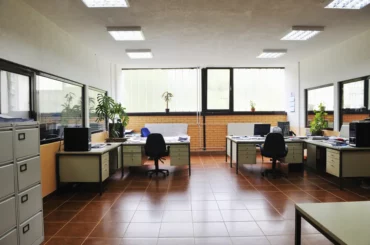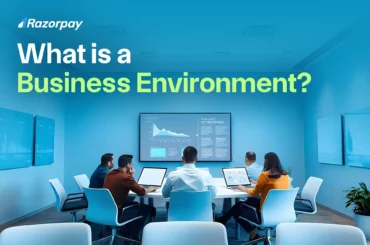Etymologically, ‘assets’ refers to any useful or valuable thing or a person. In business terminology, asset refers to any kind of monetary value owned by a business.
Assume that you own a company called ‘Nestford’. Ranging from the office building you work in to the machinery you provide; from all the employees to the patents you have earned and the number of receivable accounts in your list, all of this falls under the big bracket called ‘asset’.
Table of Contents
What are the assets?
Etymologically, asset refers to any useful or valuable thing or a person. In business terminology, asset refers to any kind of monetary value owned by a business. In short, an asset is an economic resource that is either:
-owned
-not owned but is expected to provide benefits in the future
A company usually lists its assets in its annually maintained balance sheet.
Types of assets
The most common assets include cash and cash equivalents. Often, physical and tangible items pop into our minds when we think of asset but not all assets are tangible! Broadly, here’s how they are usually classified:
Fixed asset
Fixed assets are also known as capital assets. These are required to keep the business going. These assets can be regarded as the backbone of a business. A few examples of this include:
- Land
- Buildings
- Vehicles
- Machinery
In reference to the above-mentioned examples, the workspace, laptops, furniture etc. form the fixed asset for Nestford.
Apart from being used to generate income, they are important for businesses because they can be sold and if the business is in financial difficulty. These can also be used as collateral while availing business loans.
Pro-tip: Having a high ratio of the fixed asset gets maximum eyeballs-from employees, customers and everyone in between!
Current asset
All materials that are present in cash or are expected to get encashed within the tenure of one year are classified underthis bracket. Broadly, these include:
- Inventory
- Accounts receivable
With Attorney Rights, for example, the clients’ pending payments or some acquisition’s revenue form the part of current assets.
Intangible asset
These are the ones that usually do not make a place in the company’s balance sheet but contributes substantially to the asset value of a business. Few examples of intangible assets are:
- Patents
- Favourable finance
- Client list
- Skilled employees
Let’s say Nestford has some awesome clientele and hardworking employees, who literally keep- the company going. In this case, they build up what we call the intangible asset of the company.
PS: Now you know, assets are subject to changes and transfers (employees, for example)
What is the asset turnover ratio
This is a commonly-used term to measure the efficiency of the existing assets to generate revenue. Here’s how asset turnover can be derived:
Asset Turnover = Revenue/ Total Assets Value
Why do assets matter
In all, these define wealth. This means the asset is an important measure to look at for businesses and directly or indirectly help in projecting their growth bar. Asset valuation is a sensitive issue when a business is sold or acquired. Though it is easy to determine the value of fixed and current asset, measuring intangible asset is a problematic task. However, assets exist to add value to your business, always!





